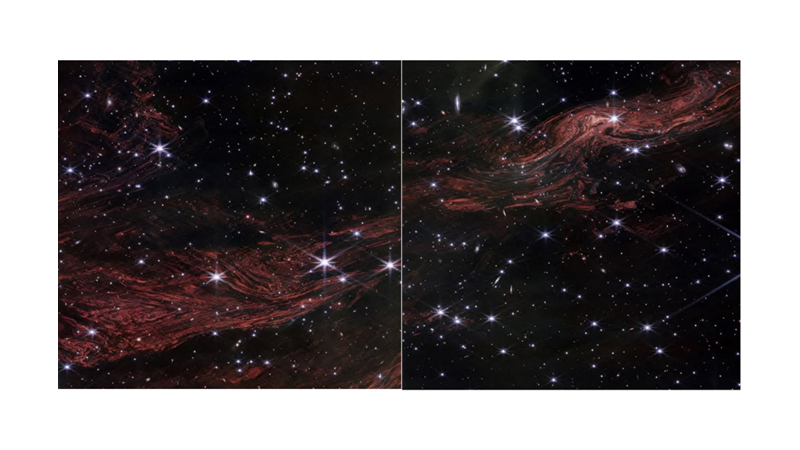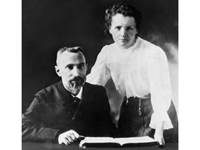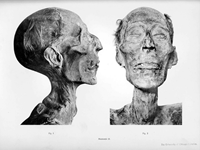Even when a star dies, its light lives on, echoing across the universe.
The James Webb Space Telescope offers astronomers a never-before-seen opportunity to study the intricate details and three-dimensional structure of the dust and gas between stars.
The space between stars is not actually completely empty; it is filled with threads of dust and gas (called the interstellar medium). However, they usually go unnoticed unless illuminated by a light source.
In this case, a supernova explosion in the past acted like a flash, heating up a portion of interstellar matter and making it glow in infrared light. This process produced a phenomenon called “thermal light echo”. As the supernova radiation travels through space at the speed of light, the echo appears to expand.
The structures in these filaments are on a scale of about 400 astronomical units, or less than one hundredth of a light year. (One astronomical unit, or AU, is the average Earth-Sun distance and is equal to 93 million miles or 150 million kilometers).
Image descriptions:
The two frames show an infrared light echo traveling from the bottom left of the first image to the top right of the second image. They are not exactly adjacent because of the way the data was collected. Each image is speckled with dozens of white stars, some showing Webb's signature 8-point diffraction spikes against the black background of space. The images also show tightly packed, glowing red filaments resembling muscle fibers or wood grain.
Credits: NASA, ESA, CSA, STScI, J. Jencson (Caltech/IPAC)


 Nielawore
Nielawore









Yorumlar
nice
Yorum yazmak için lütfen giriş yapınız